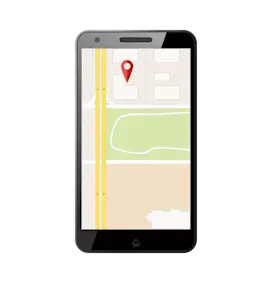Featured in this post
Succeeding in Food Supply Chain Management with Specialized Solutions
Succeeding in Food Supply Chain Management with Specialized Solutions
8 Jun 2023
John McCurdy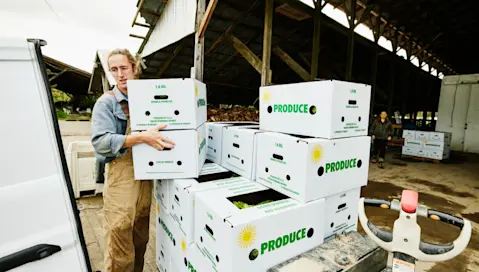
The old saying that “a chain is only as strong as its weakest link” may not at first blush have relevance in the food and beverage world—but that’s only until you consider the supply chain. It’s your company’s pipeline for raw ingredients and finished products, making your supply chain of vital importance for your daily operations and demanding that you address any issues that hamper it.
That’s especially apparent in today’s business environment. The results of our Food and Beverage Trends and Outlook report indicated that improving supply chain resilience is the top short-term focus area for food and beverage businesses, and those companies that have already taken action to address disruptions with technology are seeing better financial results.
Of course, you can’t call in a smith or metalworker to address your weak links here—even the most skilled among them would likely be left scratching their heads in puzzlement. That means your organization needs to find another solution for shoring up food supply chain management, and as it turns out, the answer lies in technology.
Food supply chain management software—including both enterprise resource planning (ERP) and transportation management systems (TMS)—is tailor-made for the challenge. With features to establish bidirectional traceability, facilitate informed procurement, streamline inventory processes and optimize order fulfillment, these platforms can help you strengthen your supply chain from end to end.
To more fully demonstrate how food ERP and TMS software can improve your company’s food supply chain management, we’ll explore each of the four operational areas called out above in greater detail in this post. Along the way, you’ll see how purpose-built solutions can improve food safety, reduce waste, drive efficiency, enhance customer service and generally enable smarter, faster decision-making.
Establish Bidirectional Item-Level Traceability
Being able to trace your materials and packaged goods backward and forward is a key component of sound supply chain management, and that’s especially true in the food and beverage industry. More and more, consumers are demanding transparency from the brands they support, and it almost goes without saying at this point how essential traceability is for food safety, as well as compliance with regulations.
Food ERP systems help you drill down to the item level to inspect associated traceability data with versatile lot and sublot management features. You can split larger lots into smaller sublots without losing any information and determine where they came from, when they were produced, where they are in your facilities and where they’re headed—whether that’s to production or your customers.
Our own Aptean Food & Beverage ERP also has functionalities for assigning and tracking serial shipping container codes (SSCCs) and license plates, enabling you to choose the methodology that works best. Add it all up, and industry-specific ERP software gives you the tools you need for bidirectional food traceability, which in turn can help mitigate food safety issues, reduce the risk of noncompliance and improve recall readiness.
Finally, it’s worth noting that while procurement (covered in the next section) is technically the first step in the supply chain, traceability is so central to food supply chain management that it should be considered a prerequisite for all of the following.
Facilitate Informed Material Procurement
The process of sourcing and purchasing your supplies marks the beginning of the supply chain for food and beverage manufacturers, but you shouldn’t rush this step in your eagerness to secure the materials you need for production. Without the right information at your fingertips to inform your procurement plan, you could end up with excess that can’t be used and a loss on your investment.
That’s why it’s best to take advantage of the production planning capabilities of food and beverage ERP software when taking on this task. They let you compare in-process orders to current available stock so that you can finely tune supply with demand. Our own Aptean Food & Beverage ERP also has advanced forecasting features, which give you a reliable projection of what your needs will be in the future, and the trading board provides insight into the expected and available stock across all locations.
In addition, our system’s vendor item catalog can facilitate ordering from your vendors with an accurate reflection of what they have on offer as well as functionality to establish recurring orders. The features mentioned here can be used together to help optimize procurement, keep waste at a minimum and maintain ideal stock levels, all of which factor into your bottom line.
Streamline Inventory and Picking Processes
On a small scale, maintaining precise records of the supplies you have on hand and employing a first-expiry, first-out (FEFO) picking method might be manageable using pen-and-paper or simple spreadsheets. But even modestly sized food and beverage businesses can struggle when trying to manage this step of the supply chain manually, as the volume and variety of goods quickly becomes overwhelming, and the perishable nature of the goods complicates matters.
The mobile warehouse functionalities of advanced ERP systems streamline otherwise tedious inventory tasks by simplifying the data capture process—what would normally be scribbled down on a log is instead instantly recorded with a barcode scan. Expiration management features help you keep many concurrent freshness windows straight and can deploy alerts if goods are nearing the end of their viability.
What’s more, all of this information is reflected in the ERP’s unified database in real time, giving your users immediate access to the most up-to-date facts and figures. Together, these inventory management tools help drive efficiency and reduce spoilage, both of which are even more important in this era of rising costs and inflation.
Optimize Order Fulfillment
Getting your finished goods to customers on-time in-full (OTIF) is as challenging as it is crucial for food and beverage organizations like yours. For this final leg of the supply chain, TMS solutions—namely, route planning software—will take center stage, with supporting features of ERP systems lending a figurative hand to improve the experience for all involved.
Advanced route planning solutions, like our own Aptean Routing & Scheduling Paragon Edition, can produce optimized routes that include both standing deliveries on skeleton routes and late, off-day and emergency orders. That saves your planners valuable time while also creating ideal routes that minimize wear and tear on your fleet and conserve fuel.
Beyond that, dispatch smoothing helps you account for physical and personnel constraints when loading vehicles preparing for departure, and business rule accommodation helps you meet your clients’ preferences for time windows, truck type, driver certifications and more. The former helps your drivers hit the road and make deliveries on time, while the latter aids in boosting customer service and satisfaction.
Meanwhile, the packaging features of an ERP solution help you stay on top of your packaging inventory, including returnables that are currently with customers and due back to you. Plus, Aptean Food & Beverage ERP has transport tools to let you visualize your staging space needs versus the actual so that you can adjust accordingly, as well as a customer item catalog to improve order accuracy and facilitate repeat purchases.
What Makes Aptean the Standout Provider of Superior Solutions
Succeeding in supply chain management in the food industry can seem daunting, but with the right approach and technological solutions on your side, you should find it much more doable than it seems. When it comes to choosing a provider for your business software needs, you’ll find plenty of vendors on the market ready to sell you a product off the proverbial shelf, but there are some compelling reasons to consider Aptean your first choice.
By choosing us, you have the opportunity to rely on a single provider for your whole food business tech stack, from ERP and TMS to overall equipment effectiveness (OEE), enterprise asset management (EAM) and product lifecycle management (PLM). That means you can work with one team long-term, ensure cohesion in your setup and grow with a single dedicated software partner.
What's more, our dedicated professionals have decades of collective experience in the food and beverage industry, which has afforded them an in-depth understanding of the unique challenges of the space and the best practices to overcome them. We also approach implementation collaboratively, helping to create a realistic project roadmap and providing support through go-live and beyond.
Additionally, both our food ERP and route optimization solutions are available for deployment via the cloud on a Software as a Service (SaaS) model. This setup offers customers greater system scalability, enhanced cybersecurity, stronger data protection and broader accessibility—and updates are applied automatically, sparing your internal IT team that burden.
Explore Aptean Food & Beverage ERP and Aptean Routing & Scheduling Paragon Edition in detail to better understand how each can help your business excel in food supply chain management. You can also check out our blog post on improving supply chain resilience with a cloud-based food and beverage ERP.
Related Content
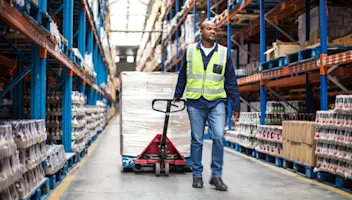

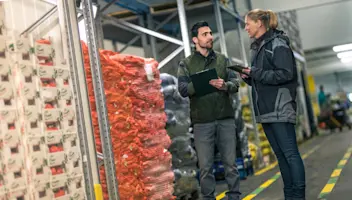

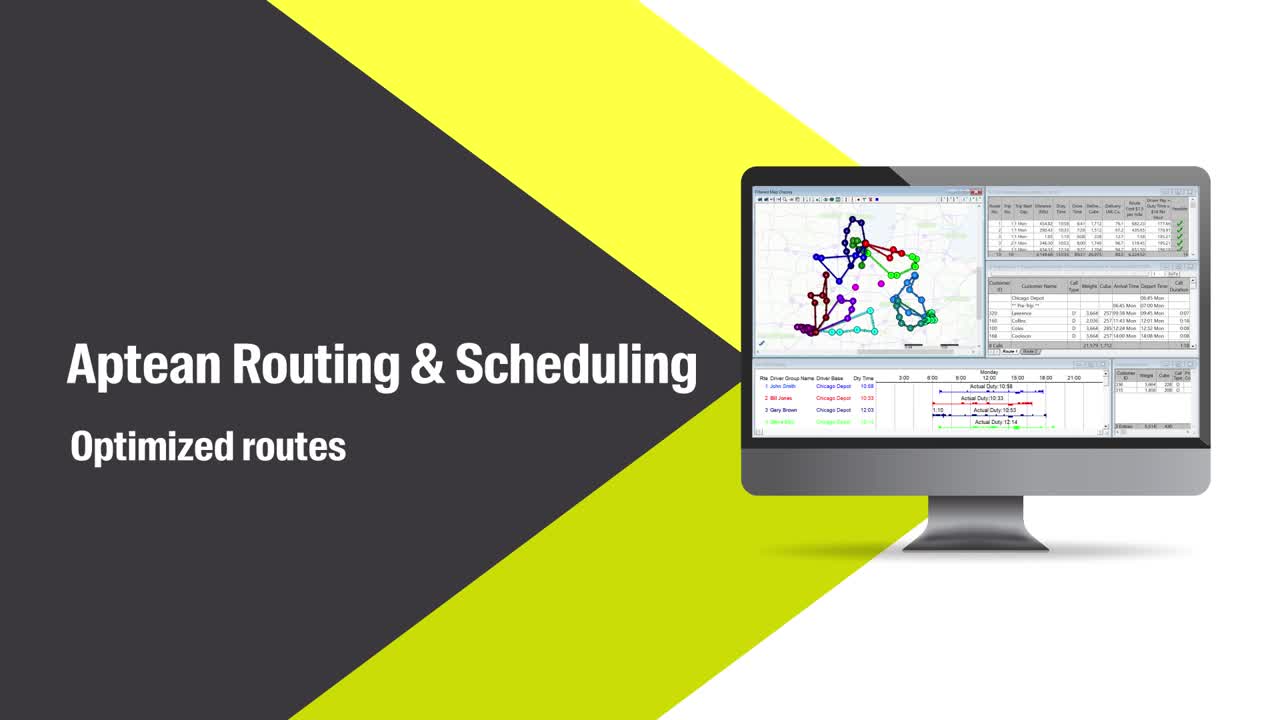
Ready to start transforming your food business?
We’ve got the specialized TMS solutions you need to conquer your food logistics and distribution challenges.
